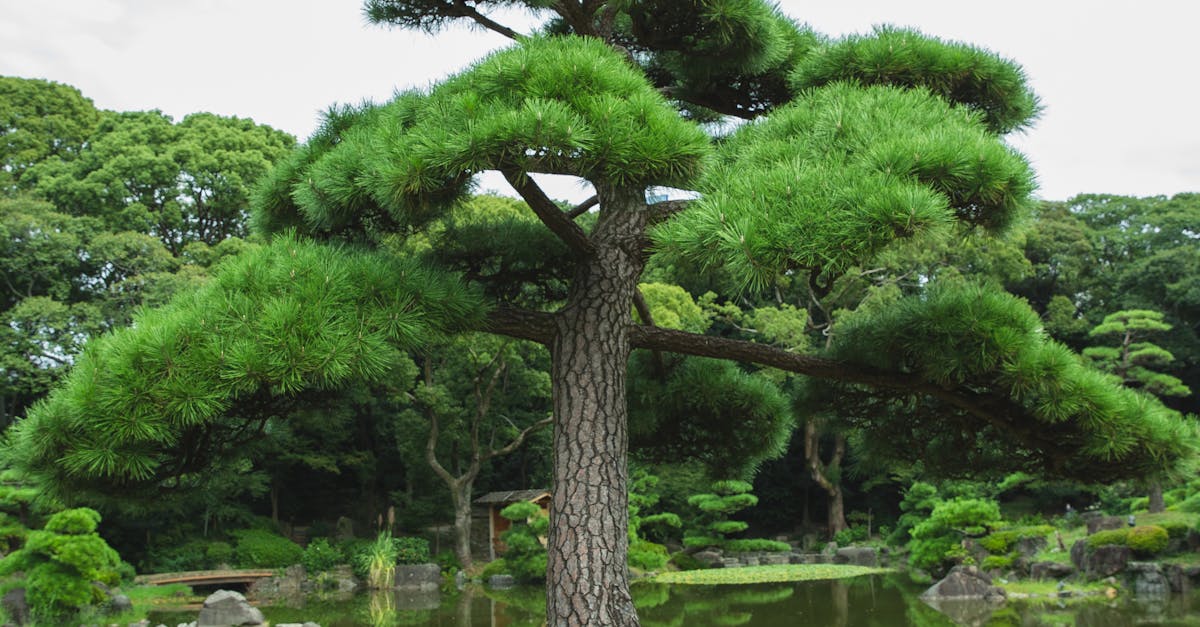Shielding Your Air Plants: A Comprehensive Guide to Sunburn Prevention and Recovery

Sunburn Survivor: Protect Your Air Plants from Scorching Summer Rays
The allure of air plants lies in their captivating appearance and intriguing ability to thrive without soil. However, these ethereal beauties can suffer from sunburn, jeopardizing their well-being. This comprehensive guide will empower you with the knowledge to safeguard your air plants from the scorching summer rays, ensuring their flourishing existence.
Air plants, also known as Tillandsias, are native to the tropical regions of Central and South America. In their natural habitat, they bask under the shade of dense canopies, shielded from the sun’s relentless glare. When exposed to excessive sunlight, air plants can develop sunburn, manifesting as brown or bleached leaves. Severe sunburn can cause irreversible damage, stunting growth and diminishing their vibrant appearance.
To prevent sunburn and promote the well-being of your air plants, it is essential to understand the risks and implement preventive measures. This guide will provide you with the knowledge to create an ideal environment, rehabilitate sunburnt plants, and establish a proactive care regimen to ensure your air plants thrive throughout the summer months and beyond.
1. Understanding the Risks of Sunburn for Air Plants
Understanding the Risks of Sunburn for Air Plants: Causes, Consequences, and Symptoms
Air plants, with their captivating forms and intriguing ability to thrive without soil, bring a touch of the tropics into our homes. However, these delicate plants can suffer from sunburn, a condition caused by prolonged exposure to intense sunlight. Understanding the risks of sunburn is crucial for preserving the health and beauty of your air plants.
Sunburn occurs when air plants are exposed to excessive ultraviolet (UV) radiation from the sun. This radiation can damage the plant’s cells and tissues, leading to a range of symptoms. The most common sign of sunburn is brown or bleached leaves. In severe cases, sunburn can cause the leaves to become dry and brittle, and even lead to the death of the plant. It is important to note that sunburn can develop gradually over time, so it’s essential to be vigilant and monitor your air plants regularly.
To prevent sunburn and protect your air plants from damage, it is important to provide them with an environment that meets their specific needs. This includes providing adequate shade, ensuring proper hydration, and maintaining optimal humidity levels. By understanding the risks of sunburn and taking proactive measures, you can help your air plants thrive and flourish, bringing joy and tranquility to your living space.
2. Preventive Measures: Creating an Ideal Environment

Preventive Measures: Creating an Ideal Environment for Air Plants
Protecting your air plants from sunburn is essential for maintaining their health and vitality. By creating an ideal environment, you can provide your plants with the necessary shelter and protection from intense sunlight.
One of the most important preventive measures is to provide adequate shade for your air plants. This can be achieved by placing them in a location that receives indirect sunlight, such as a north-facing window or under the shade of a tree. If you are keeping your air plants outdoors, consider using a shade cloth or umbrella to filter the sunlight.
Another effective way to prevent sunburn is to use a light diffuser. Light diffusers are devices that scatter and soften the intensity of sunlight. They can be placed between the air plants and the light source to reduce the amount of direct sunlight that reaches the plants. Light diffusers are particularly useful for air plants that are placed in south-facing windows or in areas with intense sunlight.
3. Rehabilitating Sunburnt Air Plants
Rehabilitating Sunburnt Air Plants: A Step-by-Step Guide
Sunburn can be a setback for your air plants, but with proper care, you can help them recover and regain their health. Here are the steps you can take to rehabilitate sunburnt air plants:
1. Remove Damaged Leaves: Gently remove any leaves that have been severely damaged by sunburn. This will help prevent the spread of damage and allow the plant to focus its energy on healing.
2. Provide Adequate Hydration: Sunburnt air plants need extra hydration to help them recover. Soak the plant in a bowl of room-temperature water for 30 minutes. After soaking, gently shake off any excess water and allow the plant to dry upside down to prevent water from collecting in the crevices of the leaves.
3. Adjust Lighting Conditions: Move the air plant to a location with indirect sunlight or provide shade using a light diffuser. Avoid placing the plant in direct sunlight until it has fully recovered.
4. Long-Term Care and Maintenance
Long-Term Care and Maintenance for Air Plants: Preventing Future Sunburn
Once your air plants have recovered from sunburn, it is important to implement proactive strategies to prevent future damage. Here are some long-term care and maintenance tips to keep your air plants healthy and sunburn-free:
1. Regular Rotation: Regularly rotate your air plants to ensure that all sides of the plant receive equal amounts of light. This will help prevent one side of the plant from becoming sunburnt while the other side remains shaded.
2. Controlled Exposure to Sunlight: Avoid placing your air plants in direct sunlight for extended periods of time. If you want to give your plants some direct sunlight, do so gradually and for short durations. Start with a few hours of direct sunlight each day and gradually increase the exposure time as your plants become more accustomed to it.
3. Humidity Optimization: Air plants thrive in humid environments. Maintaining optimal humidity levels will help prevent your plants from drying out and becoming more susceptible to sunburn. You can increase the humidity around your air plants by using a humidifier or placing them on a tray filled with pebbles and water.
5. Conclusion: Safeguarding Your Air Plants for a Thriving Existence
Conclusion: The Joy of Nurturing Resilient Air Plants
Air plants are resilient and rewarding plants that can bring a touch of nature and beauty into our homes. By understanding the risks of sunburn and implementing the preventive measures outlined in this guide, you can safeguard your air plants and ensure their thriving existence.
Protecting your air plants from sunburn is essential for maintaining their health and vitality. Sunburnt air plants can suffer from stunted growth, discolored leaves, and even death. By providing adequate shade, maintaining optimal humidity levels, and avoiding prolonged exposure to direct sunlight, you can prevent sunburn and promote the well-being of your air plants.
Nurturing air plants is a rewarding experience. These resilient plants can thrive in a variety of environments with proper care. By following the tips and advice provided in this guide, you can enjoy the beauty and joy of air plants for years to come.
Quiz: Test Your Air Plant Sunburn Knowledge
1. True or False: Air plants are native to tropical regions of North America.
2. Multiple Choice: Which of the following is a symptom of sunburn in air plants? (a) Brown or bleached leaves (b) Curling leaves (c) Wilting
3. True or False: Air plants can recover from sunburn with proper care.
4. Multiple Choice: Which of the following is a preventive measure to protect air plants from sunburn? (a) Providing adequate shade (b) Fertilizing regularly (c) Misting daily
5. True or False: Air plants prefer low humidity environments.
Answer Key:
- False
- (a)
- True
- (a)
- False
